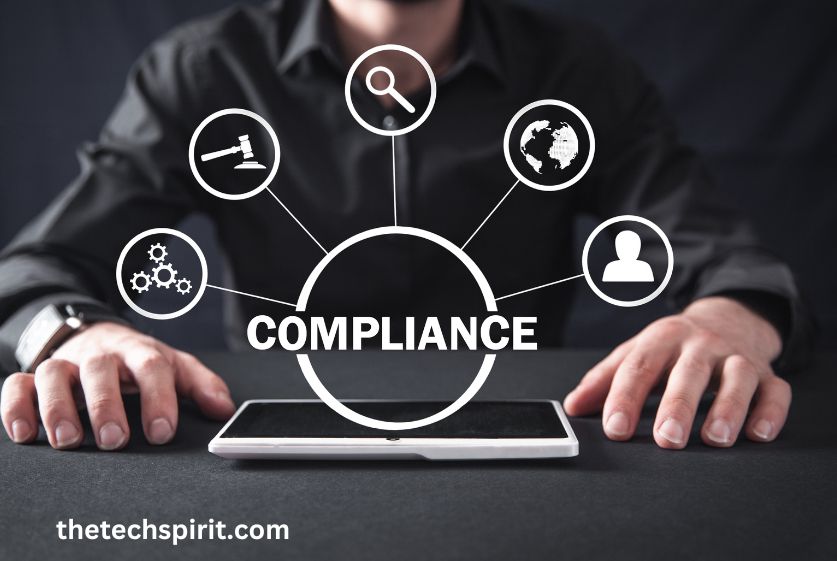Regulatory compliance represents one of the most significant challenges organizations face when it comes to information security. With cyber threats growing in scale and sophistication, no industry can afford to neglect security compliance.
Developing and implementing an effective compliance program entails understanding key regulations, building secure environments, and vigilantly maintaining controls. Technological solutions can also help automate policy enforcement while providing visibility into potential risks.
I am sharing my experience with the critical elements of building robust security compliance in the modern landscape. It outlines key obstacles, best practices for implementation, and how new technologies are playing an integral role.
Table of Contents
Defining Security Compliance
Before exploring how to achieve compliance, it helps to define what security compliance entails. At its core, compliance refers to an organization’s conformity with established laws, regulations, standards, and specifications relevant to information security.
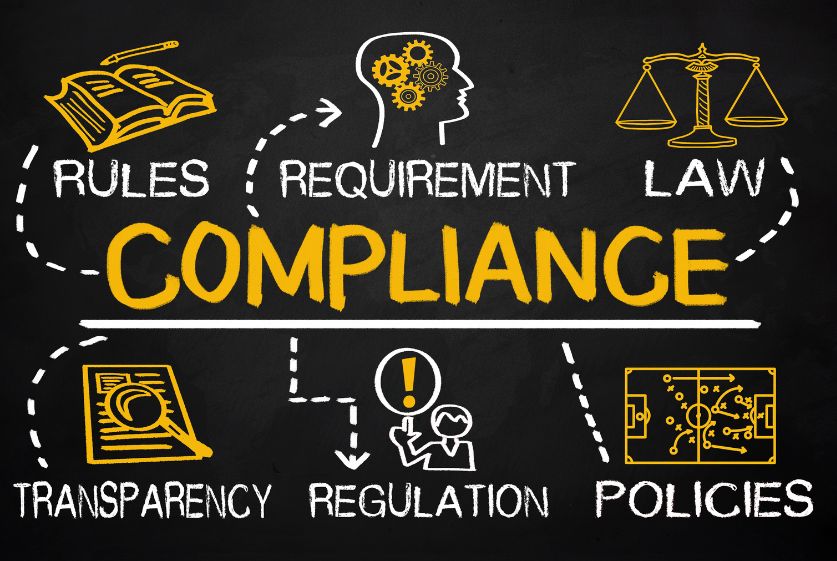
Compliance Frameworks and Standards
Several core regulations and frameworks outline security compliance responsibilities for global entities. These include:
- Payment Card Industry Data Security Standards (PCI DSS): Sets requirements for organizations that handle payment cards to ensure the safe handling of cardholder data. Critical for any retailer or e-commerce business.
- Health Insurance Portability and Accountability Act (HIPAA): Governs patient health data privacy and security for healthcare providers, health plans, and business associates in the United States.
- General Data Protection Regulation (GDPR): Strict EU data privacy and protection rules for any organization globally that handles data belonging to EU residents. Fines for non-compliance can reach 4% of global revenue.
- Sarbanes-Oxley Act (SOX): Requires stringent financial controls and reporting for public companies in the US to increase accounting transparency and accuracy.
Adhering to just one major regulation often requires substantial effort and resources. Many global enterprises must account for dozens. Prioritizing regulations based on an organization’s data, systems, and operations represents an essential starting point.
Continuous Monitoring and Auditing
Beyond just complying with major regulations, robust security requires ongoing vigilance. Threats and vulnerabilities continuously evolve. Continuous monitoring and auditing ensure controls keep pace.
This involves consistently examining system configurations, data access patterns, user behaviors, and policy changes to identify potential compliance gaps. Both automated and manual audits help verify program effectiveness.
Top Security Compliance Challenges
When examining how to build and validate security compliance, organizations inevitably encounter obstacles. The primary difficulties include:
Complex Regulatory Landscape
With local, national, and international regulations, compliance has grown extraordinarily intricate. Determining specific regulations based on an organization’s geography, industry, data types, technologies utilized, and more has become an immense undertaking requiring extensive legal and IT security expertise.
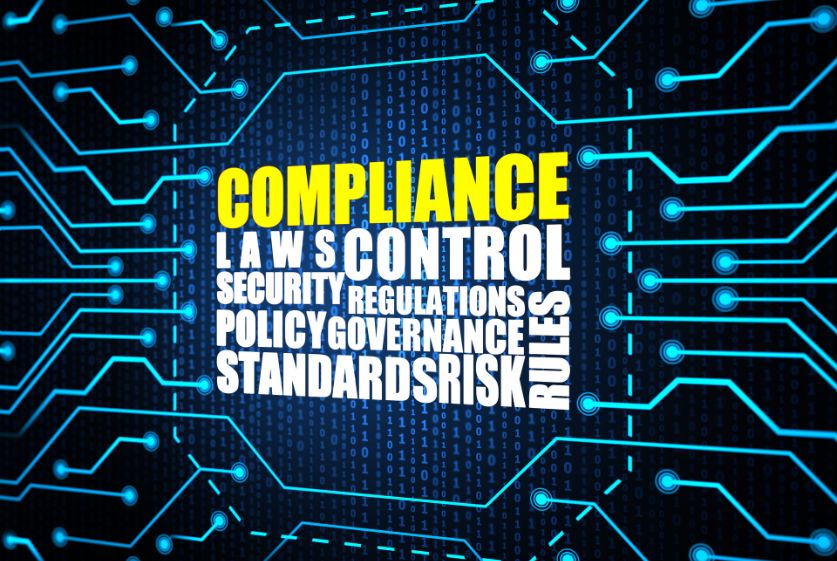
Lack of Skilled Personnel
The cybersecurity skills gap significantly impacts regulatory compliance. Organizations frequently lack specialized compliance professionals. With limited qualified internal personnel, distributed teams often rely overly on costly third-party vendors and consultants.
Difficulty Tracking Assets and Access
Thoroughly scoping compliance requires identifying regulated data types, systems storing this data, personnel with access, and what they can do with it. As infrastructure and users scale quickly in the cloud era tracking this accurately has become extremely arduous without purpose-built solutions.
Building a Compliance Program
Constructing an enterprise regulatory compliance program entails several essential phases:
Performing Risk Assessments
In-depth risk assessments represent the critical starting point for defining compliance needs. These audits thoroughly evaluate infrastructure, policies, processes, and controls to pinpoint potential gaps related to relevant regulations.
Creating Policies and Procedures
The second pivotal step involves turning identified risks into codified policies, procedures, and training systems. As an example, if storing credit card data, formal standards must exist per PCI DSS to ensure security across handling, storage, access management, transmission, and more.
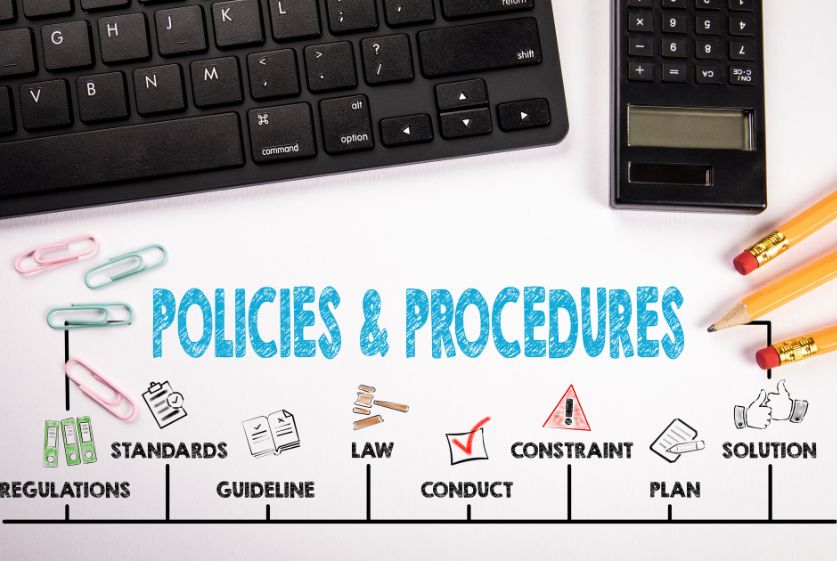
Implementing Security Controls
With policies set, technical and administrative controls bring those standards to life. Tools like access management systems, data loss prevention, privileged access management, and encryption provide concrete protection. Ongoing training also keeps personnel informed.
Training Employees
Effective compliance relies on informed employees adhering to defined policies in their daily routines. Comprehensive security and compliance awareness training is thus indispensable. Creative formats like gamification help drive engagement.
Maintaining and Improving Compliance
The most intensive compliance efforts focus almost wholly on initial implementation. But steadfast maintenance and continuous enhancement of programs deliver robust, long-term conformity.
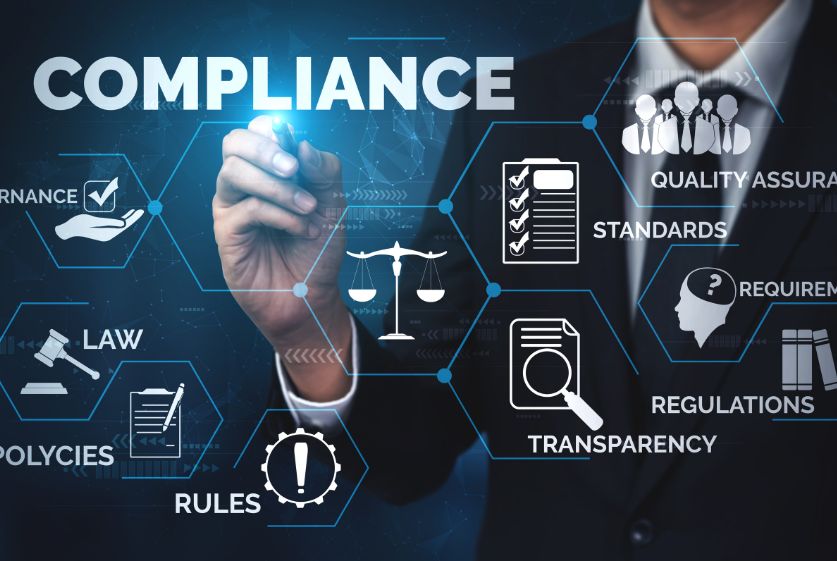
Automating Policy Enforcement
Manually monitoring infrastructure and access consistently at scale is impossible. Automating policy administration, account provisioning/de-provisioning, data loss prevention, and related tasks are essential for sustainable compliance.
Conducting Internal Audits
Periodic simulated cyber attacks provide invaluable insight into control effectiveness. Ethical hacking and red teams identify hardening opportunities. Results then fuel updated policies, training, and configurations.
Updating for New Regulations
Compliance is never “done”. Assembles, executives, and regulators continuously introduce new laws. Prioritize maintaining awareness of emerging regulations and fold required changes into existing programs.
Leveraging Technology for Compliance
Modern solutions apply automation and analytics to ease compliance processes. Capabilities like centralized visibility, identity governance, user behavior analysis, and data access monitoring strengthen risk awareness and policy enforcement.
Security Information and Event Management
SIEM solutions intake event data from across infrastructure to detect threats and policy violations. Compliance teams gain rapid incident visibility enabling quick containment.
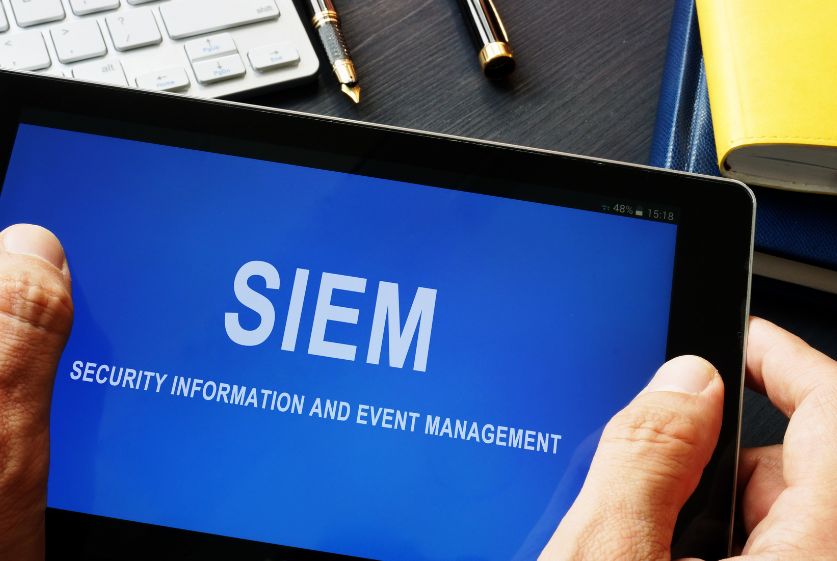
Identity and Access Management
Controlling user access centrally ensures that only authorized personnel reach regulated data. Automating entitlement reviews also reduces compliance risk exposure over time.
Data Loss Prevention
DLP tools deeply inspect content and context to detect regulated data exfiltration across networks and endpoints. Automated data classification further assists with policy decisions.
Conclusion
Achieving robust, long-term security compliance in the modern threat landscape is undoubtedly an immense challenge, but indispensable.
Constructing an effective program requires understanding key regulations, implementing policies and controls vigilantly, maintaining strong oversight, and applying powerful technologies for enhanced automation and visibility. Partnering with experienced managed security providers also significantly eases compliance burdens.
FAQs
1. Which regulations are most critical for my business to prioritize?
The optimal starting point involves consulting knowledgeable legal counsel and compliance experts to systematically determine applicable regulations based on your locations, industry, data types collected/handled, and more.
2. What are top compliance program budgeting considerations?
Major line items when planning budgets include auditing/risk analysis, dedicated personnel, policy and procedure development, security infrastructure and software, external testing/red teams, and continuous training. Plan for both initial implementation and ongoing operation.
3. How can we demonstrate compliance to customers and regulators?
Compiling thorough audit reports and documentation around policies, controls, technologies, and testing provides concrete evidence of program maturity. Further certifying against compliance standards (e.g. ISO 27001) also signals effectiveness.
4. What compliance expertise should we look to build or acquire?
Most organizations require a blend of qualified internal compliance staff coupled with managed services and external consulting to develop, implement, and maintain effective programs long-term. Prioritize talent or partnerships that offer deep regulatory experience specific to your industry.
5. How can we secure executive buy-in and support for compliance efforts?
Demonstrate direct revenue and reputational risk tied to non-compliance based on regulator expectations and major security breaches within your sector. Compliance technology with robust reporting also provides confidence in program ROI.





